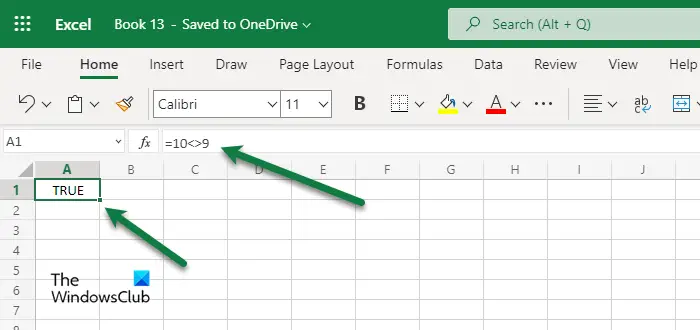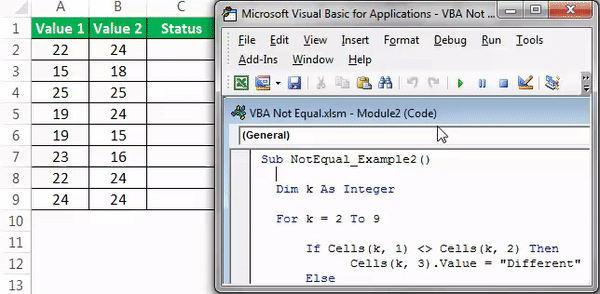

If the values are not equal, then the condition becomes true.Ĭhecks if the value of left operand is greater than the value of right operand. If yes, then the condition becomes true.Ĭhecks if the values of two operands are equal or not. Assume variable A holds 10 and variable B holds 20 then −Ĭhecks if the values of two operands are equal or not. The following table shows all the relational operators supported by C. Increment operator increases the integer value by one.ĭecrement operator decreases the integer value by one. Modulus Operator and remainder of after an integer division. Assume variable A holds 10 and variable B holds 20 then − The following table shows all the arithmetic operators supported by the C language. We will, in this chapter, look into the way each operator works. C language is rich in built-in operators and provides the following types of operators − For example multiplying 795 x ‘123’ will produce error cause ‘123’ is a string.An operator is a symbol that tells the compiler to perform specific mathematical or logical functions. Cause the plus, minus and other mathematical operators cannot work well when number is stored as a string. Triple equal mostly used while comparing numbers like for money or transactions. Triple equal you can say make sure its identical to left side. The last = triple equal will make sure both sides are not only equal but also same types. The double equal or = will compare if both sides equal this is not strict comparison can ignore quotes and types of variables. Let’s say single equal = will make left side equal to right side. let's compare my friend with my brother both have same types of data so the return will be true that's it. Let's compare my number with my friend and this will return false, but in double equal this would be true return.Įcho "I am not going to work cause we are not equal for =" Įcho "Yes i work cause if condition returned false." So you can say triple equal does not only see if both sides are equal but also cares if types are same and equal. But = will return false reason is types of both numbers are different. For example if you compare ‘1’ with 1 double equal will return true. = Will not worry about variable type you are comparing. So the difference between = and = is simple. Triple equal operator is also common used in if else conditions, while loops and some other places in code. This will also return true or false based on comparison. Just like double equal operator = also used to compare two values on left and right. = sign examples $myName = 'Ateeq Rafeeq' Įcho 'This will not run cause above statement will return false.' Įcho 'Your name and your father name is not equal.' We compare things with each other and then if else conditions work with these types of comparisons.
#PROGRAMMING SYMBOL FOR DOES NOT EQUAL CODE#
Actually to make our code intelligent and able to make some decisions. Its going to be used in various places in your code. We usually use this comparison inside if condition to do something specific.ĭouble equal operator is a very common used operator after single equal. And this comparison returns true or false. In programming languages = sign or double equal sign means we are comparing right side with left side. What does = means in programming languages. So single equal or = sign makes left side equals to right side.

$a = $b //after this line $a variable holds string 'I am b' cause this was on left side. declaring two variables and making first equal to second. Now left Side variable myName holds actually my Name. Makgin left side variable equal to a string. In example below i am going to show you how and what you can store using single equal operator. You can even store true or false, 1 or 0, any string with double quotes, numbers and you can even store variable into variable using equal operator. We can make left side equal to strings, equal to other variables, or results as well. In other words equal operator will make left side hold the value of right side. And the right side to equal is the value the left side’s label holds. The left side is the label of that variable or constant.

Means if you declare something means a variable or constant on left side. = operator or single equal used to make left side equal to right side.

What is the difference between single equal, double equal and triple equal. So let’s first of all describe the usage of each operator one by one to know. It’s very important to know when and where to use single, double and triple equal operators. Means this is basic syntax for almost all programming languages, like Java, PHP, JavaScript, C#, C++ and many more. These all operators used in programming languages for different purposes. So the difference between =, = and = is simple and clear.


 0 kommentar(er)
0 kommentar(er)
